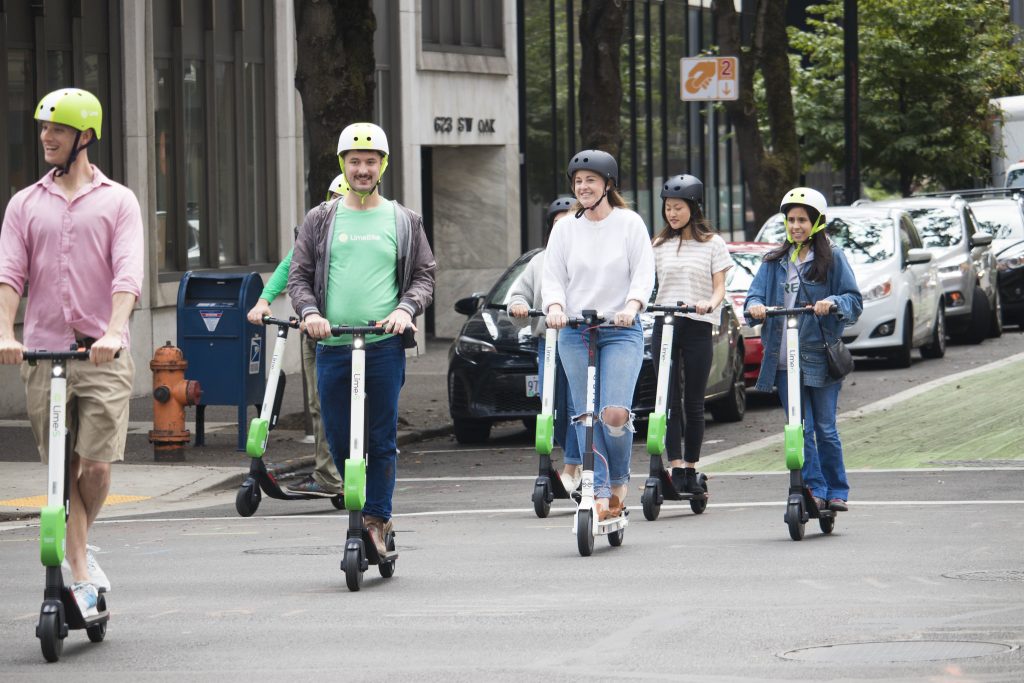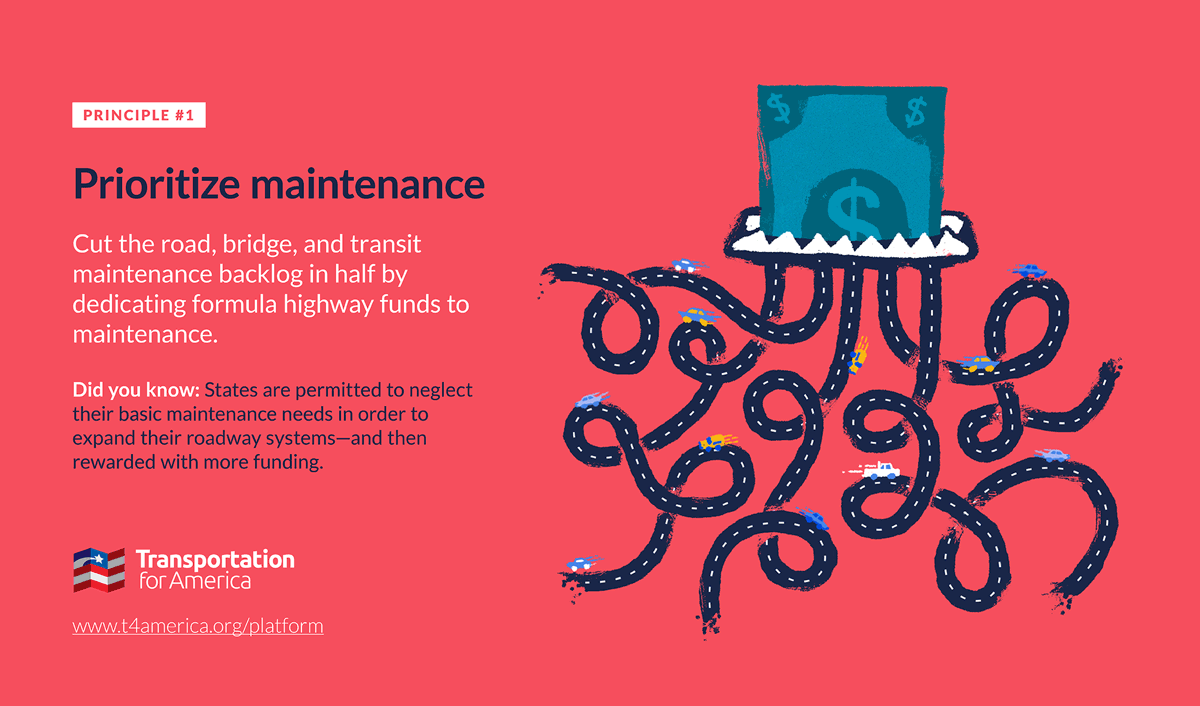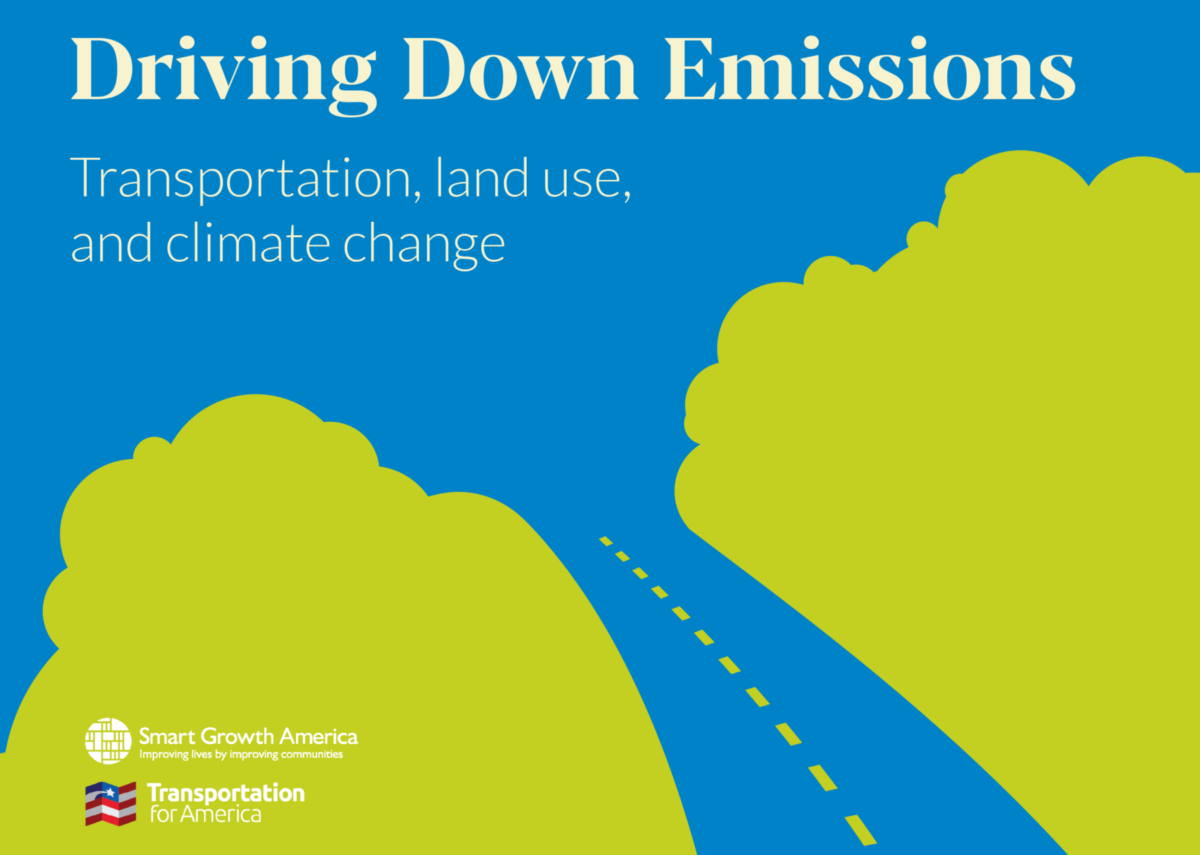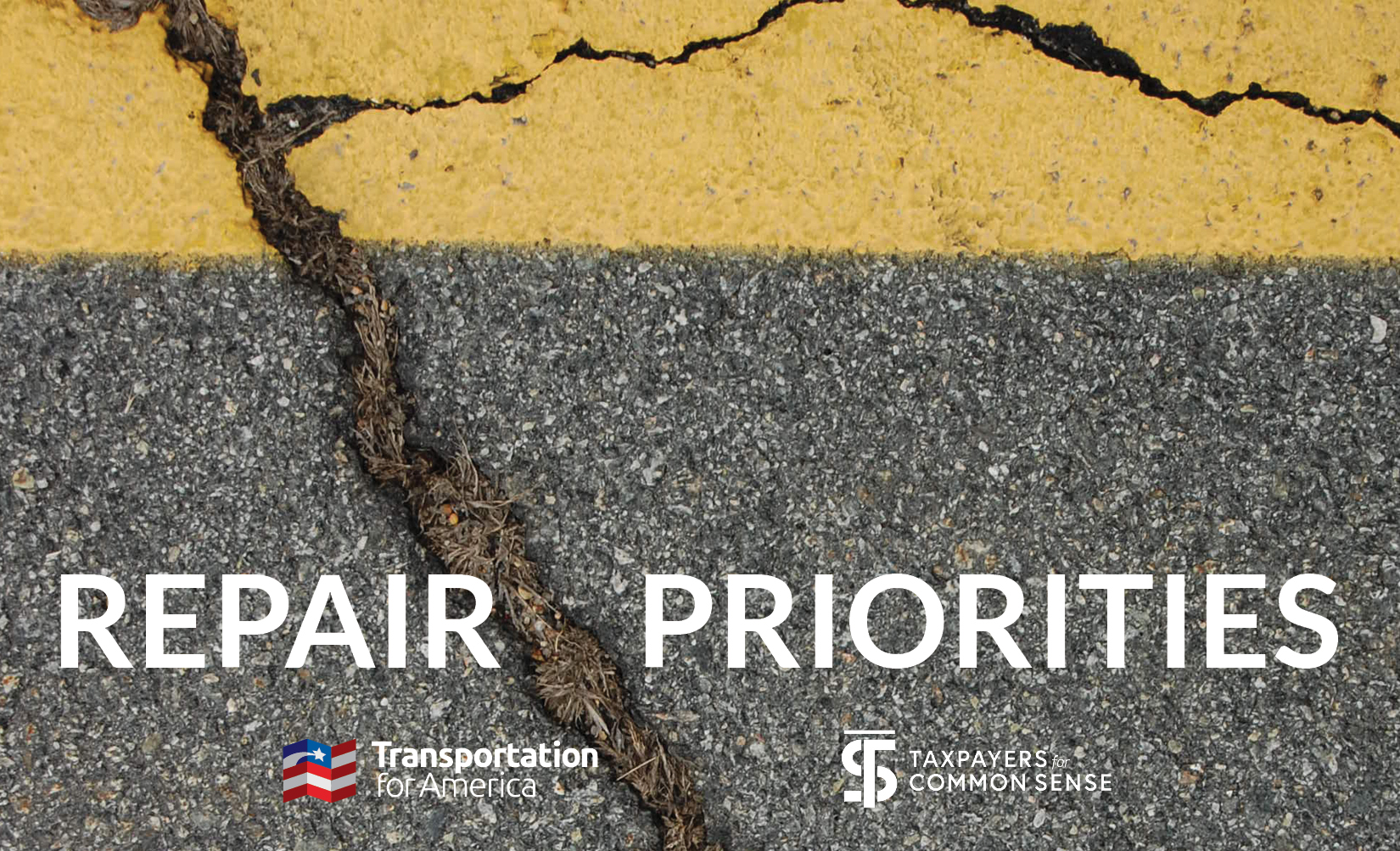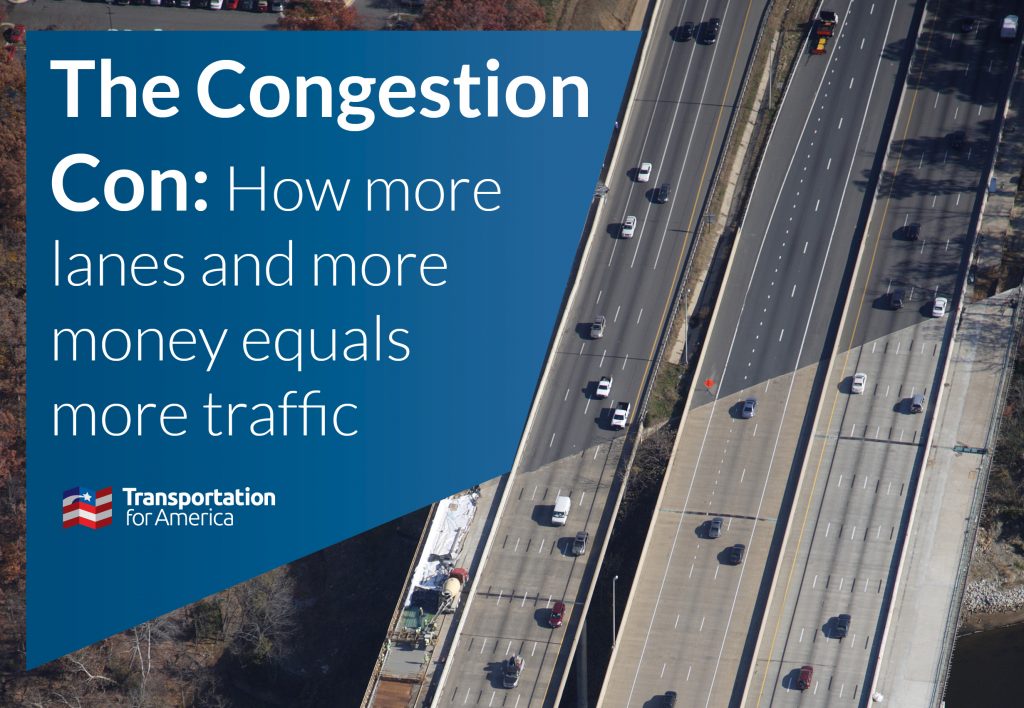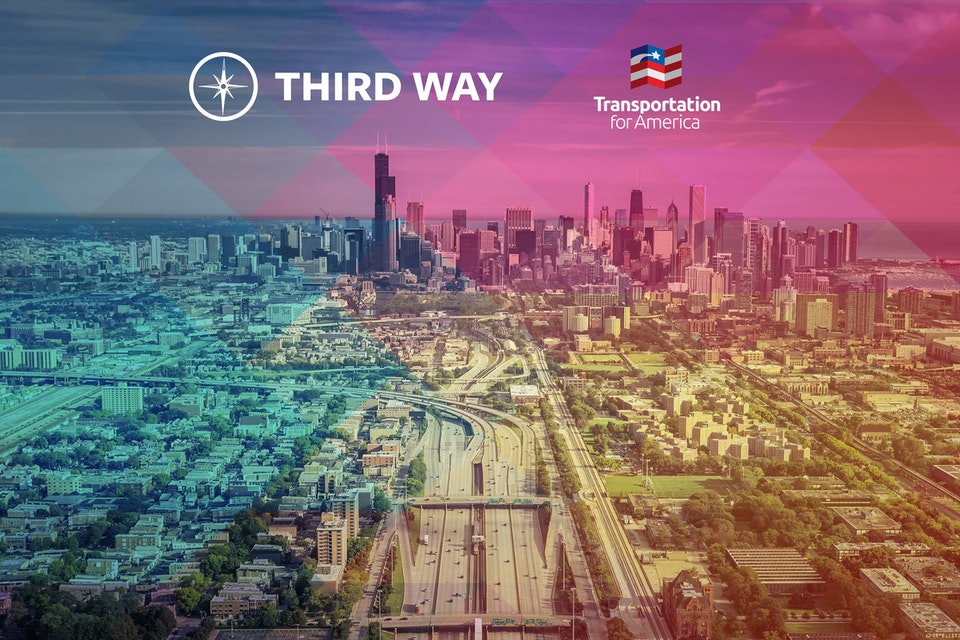If you want to be a “smart city,” ask these 3 questions first
New transportation technology is not inherently good. Cities that want to be “smart” need to make sure that technology helps achieve their goals.
All the rage in the transportation world is “new mobility,” the idea of incorporating new technologies—like shared scooters and app-based ride-hailing—into urban transportation ecosystems.
E-scooters and autonomous vehicles are undoubtedly cool. But without asking why we should use them, we risk making the same mistake we made when we designed our built environment entirely to accommodate cars.
Former Smart Cities Collaborative member, Benjamin de la Peña from the Seattle Department of Transportation, put it best: “We do not want the technology to decide what kind of city we want to have. We need to decide what kind of city we want and have the technology adapt to that city.”
As we gear up for the third round of our Smart Cities Collaborative—an 18-month consortium of city leaders to determine best practices for these new technologies—we brainstormed three fundamental questions that cities should ask themselves before launching a pilot program.
Who is benefiting?
Historically, the benefits from transportation innovations have rarely extended to all people equitably. We can’t make the same mistakes in this new age of innovation.
Before launching pilots, cities must identify who will benefit from new mobility. Will residents of a low-income community be able to use e-scooters? Will companies distribute e-scooters in minority communities, or will low-income residents have access to e-scooters if they don’t have a smartphone? If who benefits doesn’t align with your city’s goals, you should rethink how your pilot is structured.
How will you regulate developing mobility technologies?
Mobility options and services, like taxis, were traditionally established by local governments through competitive procurement processes and public-private partnerships. These partnerships and contracts were developed by cities and typically based on achieving specific outcomes and aligning with their long-term goals.
Things have changed with the advent of new mobility technologies. Many new mobility services have often launched completely independent of local governments and without contracts, permits, or business licenses.
Cities need a flexible regulatory framework to make sure that new mobility companies promote safety, equity, and other important goals, now and in the future. (Check out our Shared Micromobility Playbook to help you create a framework.)
How will you measure success?
Cities don’t want to just “deal” with these new services. They want to harness their potential—whether automated vehicles, app-based ride-hailing, or mopeds—to accomplish something good and advance their city’s overall values.
Before starting a pilot program, cities should determine how they will measure success. Is success a certain number of shared rides? Is it improved air quality? Knowing what success looks like—and reaching a definition of success through community input—can keep cities on track to reach their goals in the age of new mobility.
Learn more about the third round of the Smart Cities Collaborative with this one-pager.





